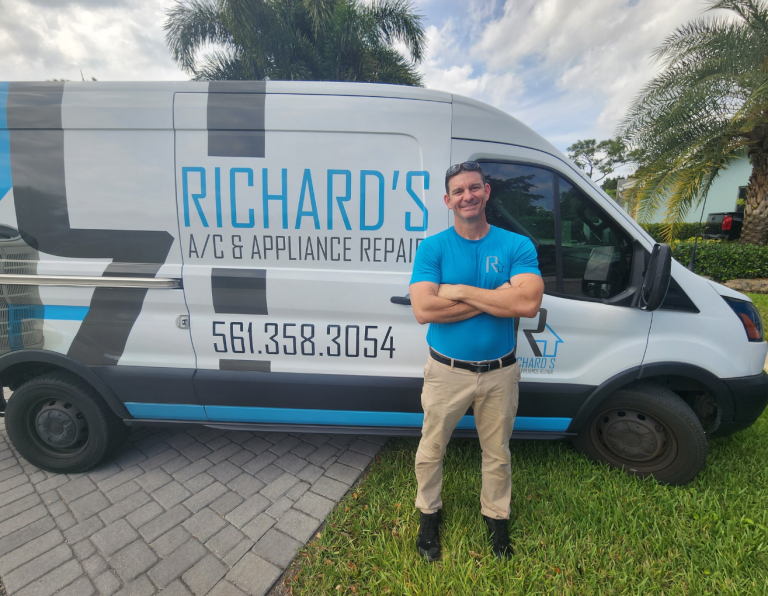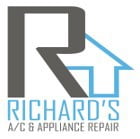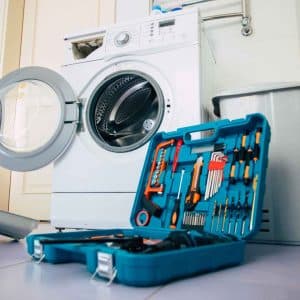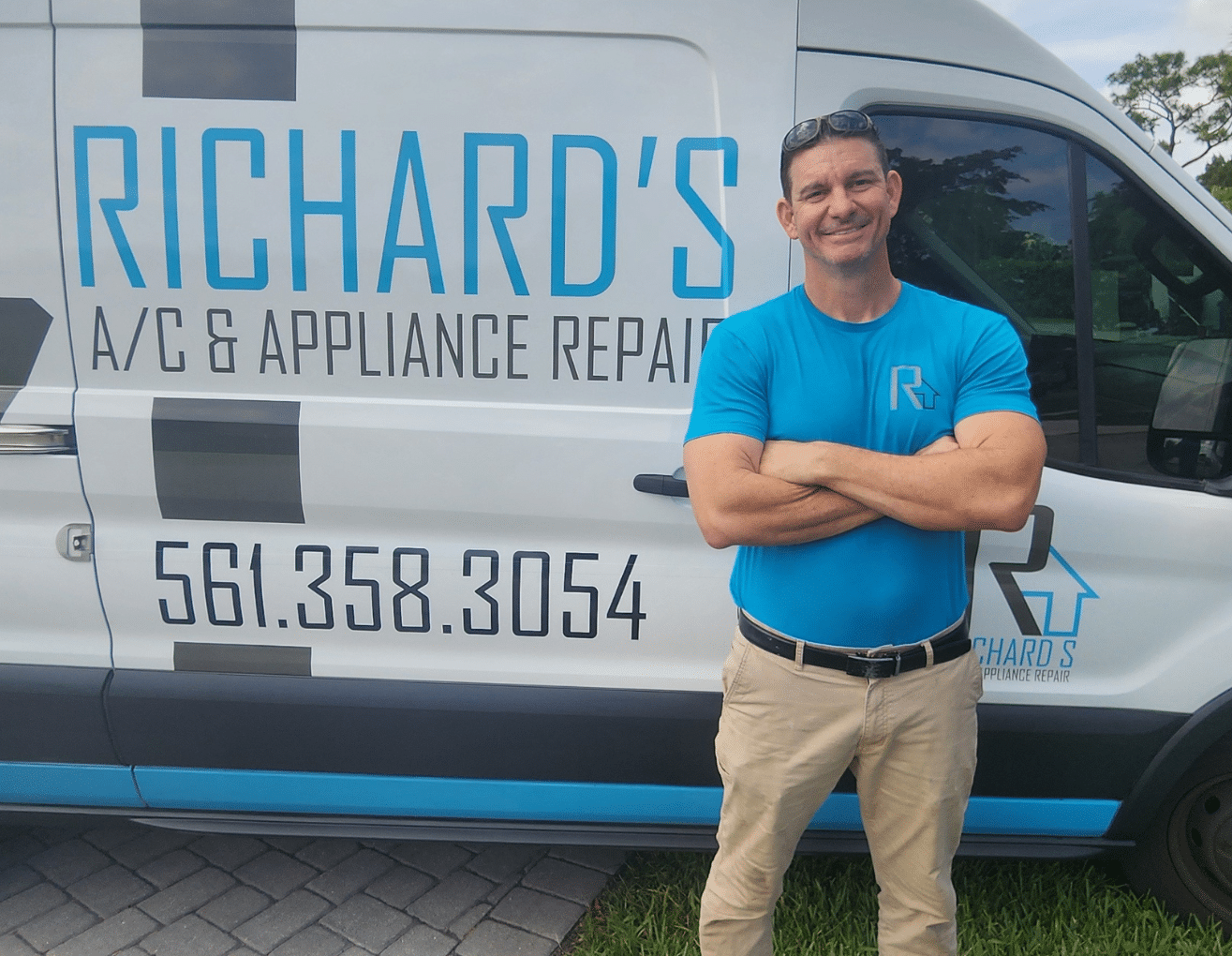Ah, Florida. Sunshine, beaches… and allergies. For many residents, the state’s lush landscapes and long growing seasons mean dealing with year-round or intense seasonal allergies. Sneezing, itchy eyes, runny noses, congestion – these symptoms can make life miserable, especially when you just want to enjoy the beautiful weather. Many of us retreat indoors hoping for relief, relying on our air conditioners to create a safe haven. But here’s the critical point: depending on its condition and how it’s maintained, your AC system can either be your greatest ally in the fight against allergens or inadvertently become a source that makes your symptoms worse.
Understanding this dual role is key to surviving Florida’s allergy challenges. A well-functioning, properly maintained air conditioner can significantly improve your indoor air quality and provide substantial allergy relief. Conversely, a neglected system can harbor and circulate the very contaminants you’re trying to escape. This guide will help you understand the connection between your AC and allergies and provide practical strategies to ensure your system is working for you, not against you, with help from your partners at Richard’s AC.
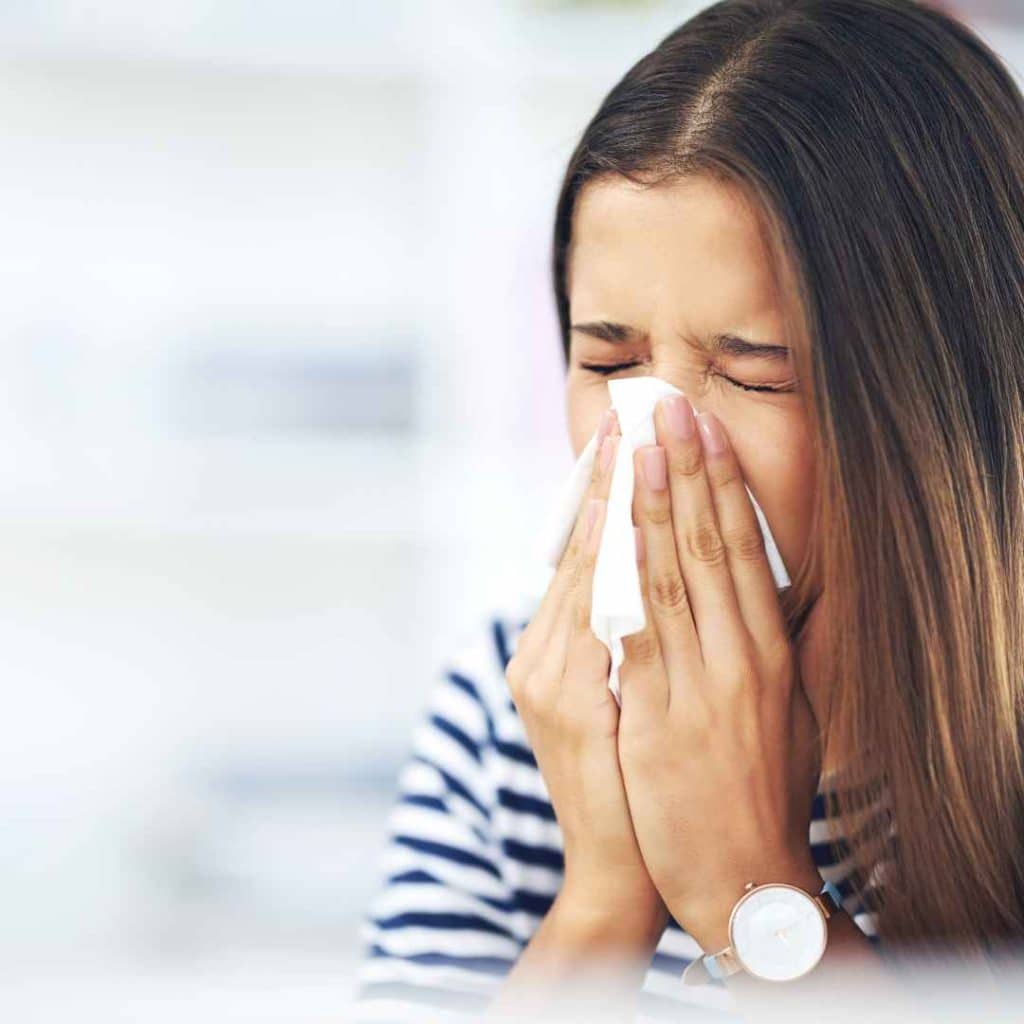
Florida's Allergy Landscape: A Year-Round Challenge
Unlike regions with distinct, short allergy seasons, Florida’s climate creates a near-constant presence of potential triggers. Spring often brings heavy pollen counts from oak, pine, and bayberry trees.
Summer follows with grass pollens taking center stage. Fall introduces ragweed, a potent allergen for many. But it doesn’t stop there. Our high humidity levels create an ideal environment for year-round indoor allergens like:
- Mold Spores: Thriving in damp areas, mold releases spores that are common allergy and asthma triggers.
- Dust Mites: Microscopic creatures that feed on dead skin cells and flourish in humid conditions, commonly found in bedding, carpets, and upholstery.
- Pet Dander: Even if pets stay indoors, dander can be a persistent allergen.
This constant bombardment means your home’s indoor air quality plays a crucial role in managing allergy symptoms.
Your AC as an Allergy Ally: How it Can Help
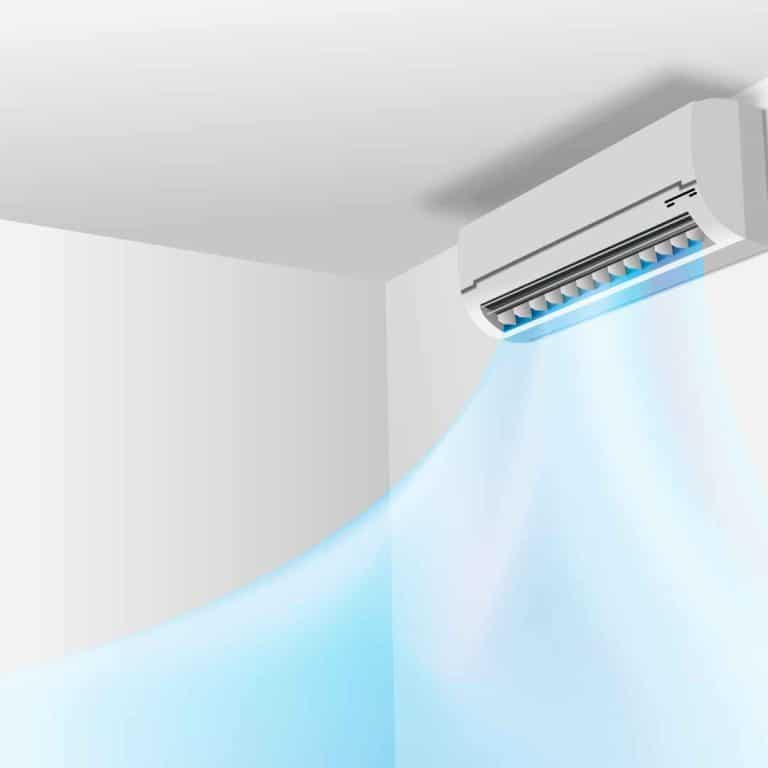
When operating correctly, your air conditioning system offers several benefits for allergy sufferers:
- Filtering the Air: This is the most direct benefit. As your AC circulates air, it pulls that air through a filter designed to trap airborne particles. A good filter can capture significant amounts of pollen, dust, pet dander, mold spores, and other contaminants, removing them from the air you breathe.
- Enabling Closed Windows: On high pollen days, the best defense is to keep outdoor allergens outside. Your AC allows you to keep windows and doors comfortably closed, drastically reducing the amount of pollen and other outdoor triggers entering your home.
- Controlling Humidity: As we’ve discussed previously, ACs naturally dehumidify the air as they cool it. Lowering indoor humidity levels is critical for controlling indoor allergens. Mold requires moisture to grow, and dust mites thrive in humid environments (typically above 50% relative humidity). By keeping humidity in check, your AC makes your home less hospitable to these common triggers.
When Your AC Becomes an Allergy Foe: The Dark Side
Unfortunately, if not properly cared for, your AC system can turn from an ally into an enemy, exacerbating allergy symptoms:
Dirty, Ineffective Filters: A clogged air filter can no longer effectively trap incoming particles. Worse, the buildup of dust and moisture on a neglected filter can become a breeding ground for mold and bacteria, which can then be circulated into your home’s air when the system runs. Using the wrong type of filter (one with very low efficiency) also does little to trap smaller allergen particles.
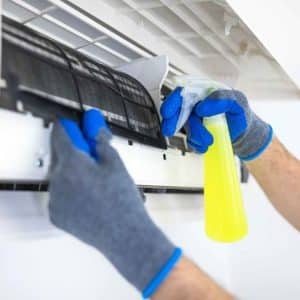
Poor Humidity Control: An improperly sized AC (too large) or one suffering from issues like low refrigerant or dirty coils won’t dehumidify effectively. This allows indoor humidity levels to rise, promoting the proliferation of mold and dust mites.
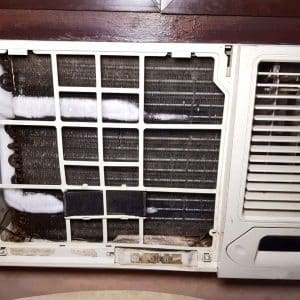
Clogged Condensate Drain System: If the drain line or pan becomes clogged and water backs up, it creates a stagnant pool perfect for growing mold and bacteria right inside your air handler.
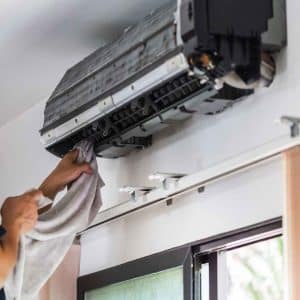
Contaminated Coils and Ductwork: The dark, damp environment inside your AC’s evaporator coils and ductwork can be prime real estate for mold, mildew, and bacteria growth, especially with Florida’s humidity. If these components aren’t clean, the airflow can pick up these contaminants and distribute them throughout your living space every time the AC kicks on.
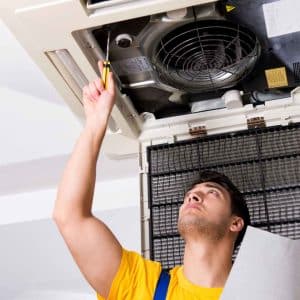
Your AC Allergy Survival Guide: Practical Tips
The good news is you can take control and optimize your AC system to be a powerful tool for allergy relief. Here’s how:
Your air filter is your first line of defense.
- Change Regularly: Check your filter monthly during allergy season and heavy AC use. Replace it as needed (typically every 1-3 months, depending on the filter type). Don’t wait until it’s visibly clogged.
- Choose Quality Filters: Opt for pleated filters with a MERV (Minimum Efficiency Reporting Value) rating between 8 and 13. This range effectively captures smaller allergen particles like pollen, mold spores, and pet dander without overly restricting airflow for most residential systems. (Consult your system’s manual or Richard’s AC if unsure about compatibility with higher MERV ratings, as very high ratings like HEPA generally require system modifications).
This is non-negotiable for allergy sufferers. A standard tune-up from Richard’s AC includes crucial tasks for air quality:
- Cleaning Evaporator and Condenser Coils: Removes built-up grime, dust, and potential mold growth that can contaminate airflow.
- Cleaning Drain Pan and Clearing Drain Line: Prevents standing water where mold and bacteria thrive.
- Inspecting Blower Components: Ensures the parts circulating your air are clean.
- Inspecting Ductwork (Accessible Areas): Technicians can look for obvious signs of leaks, damage, or contamination in accessible duct runs.
Our $160 annual maintenance plan ensures these critical cleaning and inspection tasks are performed regularly, keeping your system cleaner and healthier.
Aim for an indoor relative humidity level between 40% and 50%. As mentioned, ensure your AC is properly maintained and sized for effective dehumidification. Use exhaust fans in bathrooms and kitchens consistently. If humidity remains high, discuss options like a whole-home dehumidifier with an HVAC professional.
Dust can accumulate on the grilles covering your air vents. Use a vacuum cleaner with a brush attachment to clean these surfaces regularly, preventing dust from being blown into the room when the AC starts.
For enhanced protection beyond filtration, consider a whole-home air purifier. Unlike passive filters that only trap particles passing through them, advanced systems actively treat the air throughout your home. Richard’s AC installs the REME HALO® Whole Home In-Duct Air Purifier. This system uses innovative technology to reduce airborne and surface contaminants like bacteria, viruses, mold spores, and volatile organic compounds (VOCs). It actively purifies the air in your living space, providing an extra layer of defense for allergy and asthma sufferers. It’s a significant step up from standard filtration.
While less direct, ensuring the outdoor condenser unit has clear airflow helps the entire system run more efficiently. An efficient system generally performs all its functions, including air circulation and dehumidification, more effectively.
Richard's AC: Your Partner for Cleaner Indoor Air in Florida
At Richard’s AC, we understand that home comfort in Florida is about more than just temperature – it’s also about creating a healthy indoor environment, especially for those dealing with allergies. We offer comprehensive maintenance services designed to keep your system clean and efficient, provide expert advice on choosing the right air filters, and install cutting-edge air purification solutions like the REME HALO®. We’re committed to helping you breathe easier.
Don’t let Florida’s allergens dictate your comfort indoors. By taking proactive steps to maintain your AC system, optimize filtration, control humidity, and potentially add air purification, you can transform your air conditioner into a powerful ally for allergy relief. A clean, well-maintained system is key to creating a healthier haven inside your home.
Ready to Improve Your Indoor Air Quality?
Take control of your indoor environment and reduce allergy triggers this season.
Schedule your AC maintenance or inquire about the REME HALO® air purifier today! [Link to appointment page]
Let Richard’s AC help you breathe easier. Call us at [Your Phone Number] to discuss your air quality needs!
